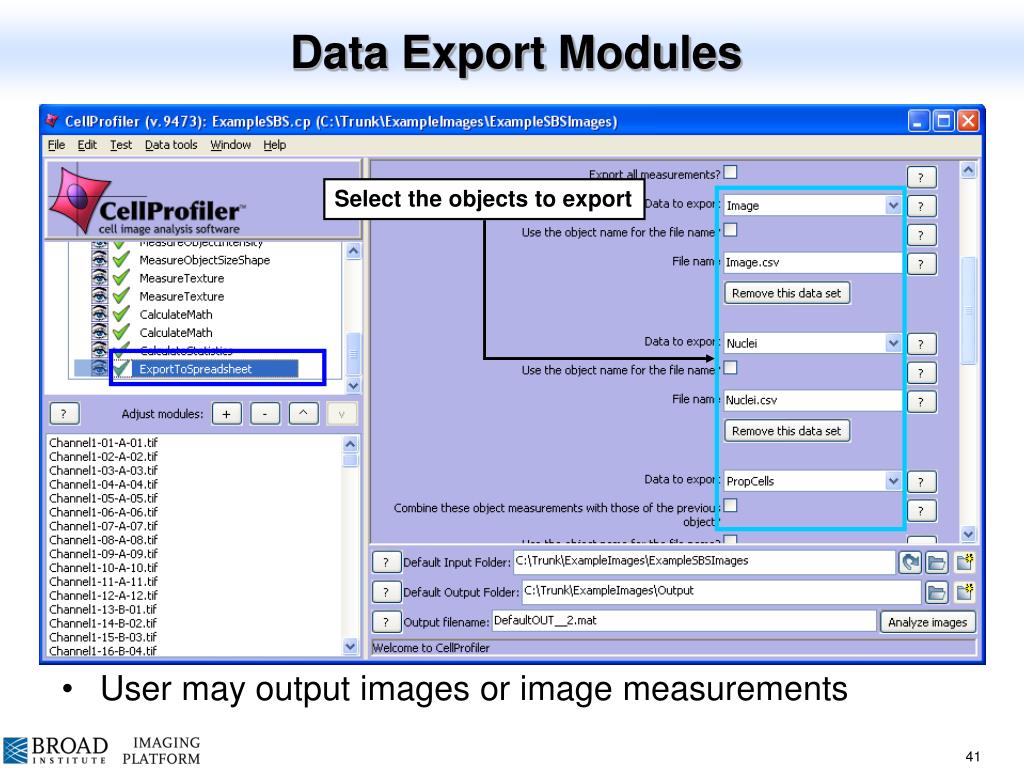

Example formats for JVM_HEAP_SIZE include 512000k, 512m, 1g, etc. sets into groups that share a common feature. Where JVM_HEAP_SIZE is the amount of memory to be reserved for the JVM. To do this, run CellProfiler from the command line with the following argument: -jvm-heap-size=JVM_HEAP_SIZE If you encounter JVM memory errors, you can tell CellProfiler to increase the size of the Java heap memory on startup. When ImageJ starts, the Java Virtual Machine (JVM) allocates a portion of memory for its own use from the operating system this memory is called the java heap memory.

ImageJ runs using Java, and as such, relies on proper handling of the Java memory requirements. It first loads the images you want to process into ImageJ, then runs the command, and, if desired, retrieves images you want to process further in CellProfiler. The RunImageJ module runs one ImageJ command or macro per cycle. For each plate, aggregate control well data were used to calculate signal-to-background (S/B) and Z’ factor screening statistics. Per-well averages were computed for each 5-EU metric.
#Cellprofiler output during processing pro
ImageJ maintains a current image and most commands operate on this image, but it's possible to load multiple images into ImageJ and operate on them together. Raw CellProfiler output CSV files including plate metadata were imported into and analysed with JMP Pro 15.2.0 (SAS Institute). ImageJ has a macro language which can be used to program its operation and customize its operation, similar to CellProfiler pipelines. It operates by processing commands that operate on one or more images, possibly modifying the images. ImageJ is an image processing and analysis program.


 0 kommentar(er)
0 kommentar(er)
